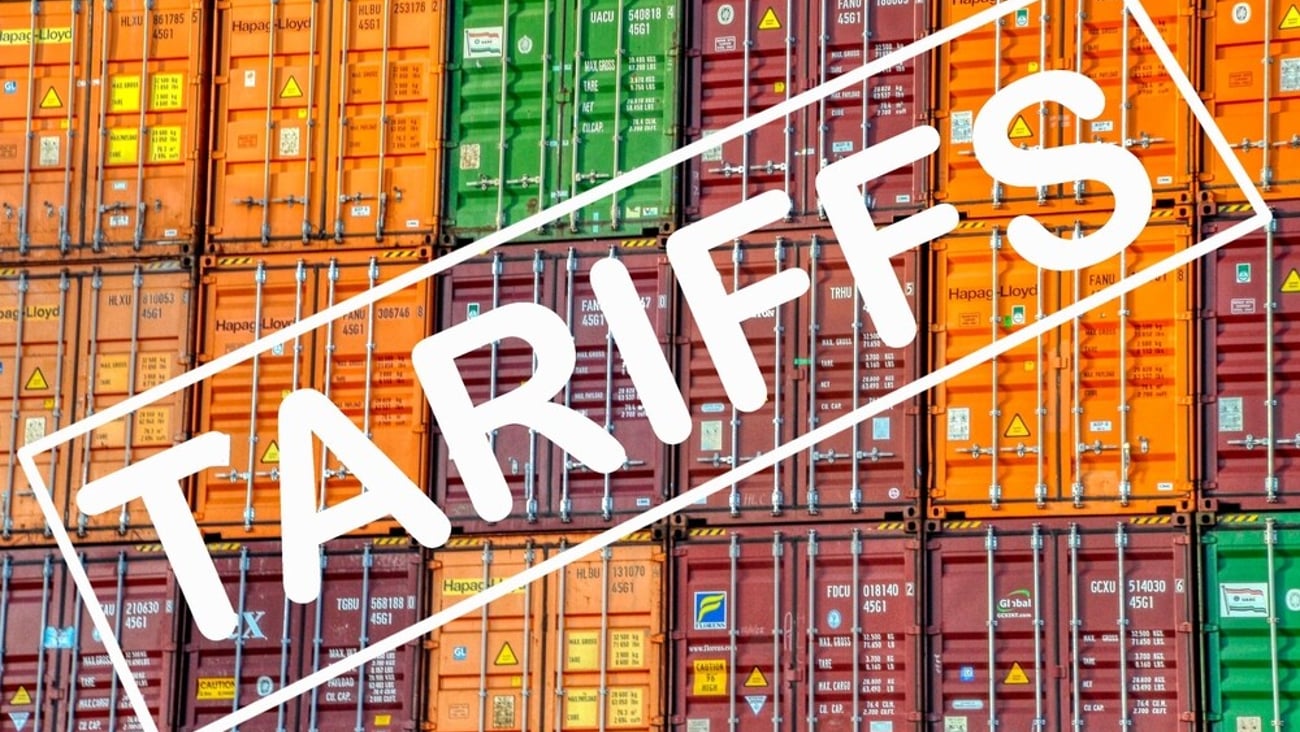DIY Pricing. It’s complicated.
Matt Pavich, senior director of innovation and strategy at Revionics, an Aptos Company has an appreciation for the power of price optimization, and has seen it first hand at Home Depot Mexico and Tractor Supply, as well as Leroy Merlin.
It's a complicated science, especially in the home improvement arena, with its high volume of skus. Pavich shared some of his ideas in the following Q&A.
Why is pricing optimization particularly important for DIY retailers? How does this compare to other retail verticals?
Although every retail vertical has its own unique pricing challenges, DIY pricing can be particularly challenging and can considerably benefit from a sophisticated pricing platform. Simply put, DIY pricing is highly complex with a vast range of price points (i.e. one screw vs. expensive appliances), strong seasonality effects, complex pricing relationships within categories, highly disruptive commodity costs, the need for contractor/loyalty quantity discounts, a robust and increasingly dynamic competitive marketplace, and major shifts in consumer trends.
To illustrate just one of these challenges is the massive difference between deflation on frame lumber vs. the minor disinflation other retailers are experiencing across less volatile commodities. The large amount of products offered also presents a challenge due to data scarcity which makes it harder for humans and less sophisticated pricing solutions to model, optimize, and forecast. Ultimately, DIY pricing has way too many variables, inputs and considerations for a merchant or pricing expert to solve effectively without the help of a science-based pricing solution.
Where are DIY retailers at in terms of pricing optimization maturity – leaders, on par with other retail verticals, laggards, etc.? Do you expect this to change in 2024? How so?
Because DIY pricing is more complex than most retail verticals, it has traditionally lagged in adoption of price optimization maturity vs. other retail segments which are ‘easier’ to price. Having said that, DIY is clearly benefiting from price optimization solutions today and there is clear evidence that retailers that are using cutting-edge AI are outperforming their peers and growing share profitably while better managing their price perception. As with other segments of retail, price perception remains the key to being successful in today’s highly competitive market and DIY retailers will continue to build upon their AI pricing capabilities in 2024 and beyond to gain an edge in a challenging market.
One thing is clear: with highly volatile cost structures, the best DIY retailers are leveraging sophisticated predictive analytics to support vendor negotiations to find win-win solutions that are appealing to their customers.
For a DIY retailer just getting started on their pricing optimization journey, please offer three tips of what they should prioritize (and any pitfalls to avoid.)
Every retailer is in a different part of their pricing journey, so advice would vary based on where they currently are, but the first critical step is to make sure that their data is ready for the journey. As with any technology, pricing solutions will drive better results with better inputs, so it is critical to have accurate transactional data, a solid competitive intelligence process in place, accurate product information, etc. It’s also important to start thinking about strategy and how an investment in your pricing capabilities will enable your organization to do things differently than the current state. Infusing the best analytics into strategy design will lead to better results, but will require change management.
The biggest pitfall to avoid is inertia – it is important to move along on the journey and enhance capabilities one step at a time. The best AI pricing providers have deep industry expertise to guide retailers along on this journey and identify those first critical steps that can drive some quick wins while laying a foundation for long-term, sustainable value.
Revionics talks about ‘lifecycle price optimization’ – what should a DIY retailer keep in mind as it relates to integrated base, promo and markdown optimization?
Price perception lives across all areas of pricing – not just one area. A retailer with great base pricing practices and poor promotions will not attract new customers or maintain customer loyalty as effectively as a retailer that has better capabilities across both areas. Consumers want fair, transparent pricing on the goods they care the most about across all channels and will make decisions based on how a retailer holistically manages its price perception. From a DIY retailer perspective, there is enormous value in enhancing all three of these areas using the best AI pricing solutions on the market. Although a lot of pricing providers in the space claim to have leading AI, it is critical that retailers avoid solutions that can’t provide a holistic approach to pricing across the entire lifecycle of a product.
What do you see as the three main benefits a DIY retailer can achieve through pricing optimization?
The first benefit is the ability to surgically balance share growth and profit using optimization to find the exact right price on the right products for the right consumers across all stores and channels. The second major benefit is the ability to enhance vendor negotiations to find win-win-win solutions that optimize the cost and price structure in a way that drives units, profits and price perception across a portfolio of products. Finally, although I could easily list some major advantages to better markdown practices, I do believe that the ability to eliminate ineffective promotions and enhance/pursue more effective promotions can be a game changer for DIY retailers. A significant percentage of retail promotions are sub-optimal – the ability to pivot into a more effective promotional strategy can drive large profit and share gains while also better leveraging store labor.







